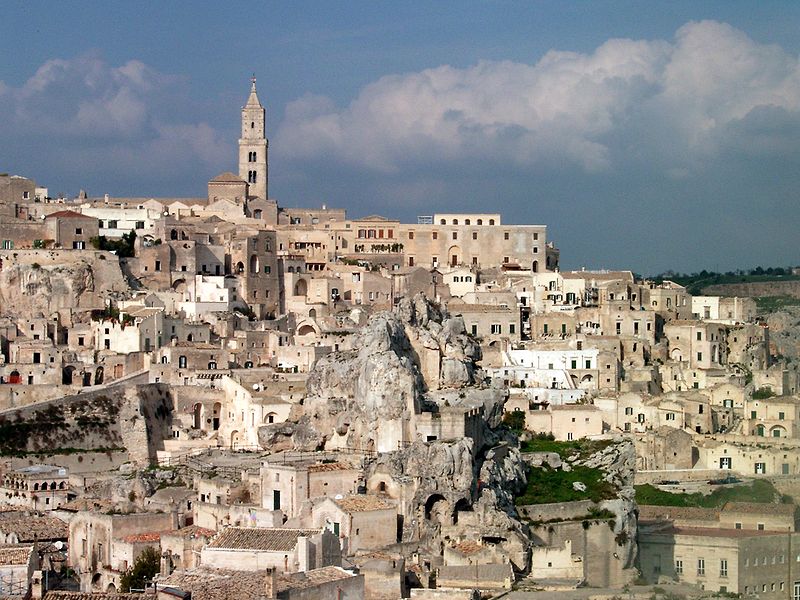Castello Tramontano, situated on Lapellio Hill above Matera, was a 16th-century fortification constructed by Count Giancarlo Tramontano. The castle's construction began in the early 1500s, with the aim of asserting feudal control over the local population rather than defending the city[1][2]. The project was costly, amounting to over 25,000 ducats, and was financed through heavy taxation of the Materani people, who were already burdened by low wages[2].
The economic strain and perceived abuse of power by the Count led to significant unrest among the locals. On December 29, 1514, a group of dissatisfied citizens orchestrated a violent uprising, culminating in the assassination of Count Tramontano as he left the Cathedral[1][2]. This event not only halted the construction of the castle but also marked a turning point in the city's history, as it reflected the deep-seated tensions between the ruling class and the populace.
The castle, though never completed, remains a testament to the tumultuous history of Matera. Its unfinished state serves as a physical reminder of the dramatic events that unfolded, with the "la pietra del mal consiglio" (stone of bad advice) symbolizing the site where the conspirators planned their coup[1]. Today, restoration efforts aim to preserve this historical site, highlighting its significance in the region's narrative[1][2].


















